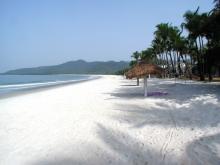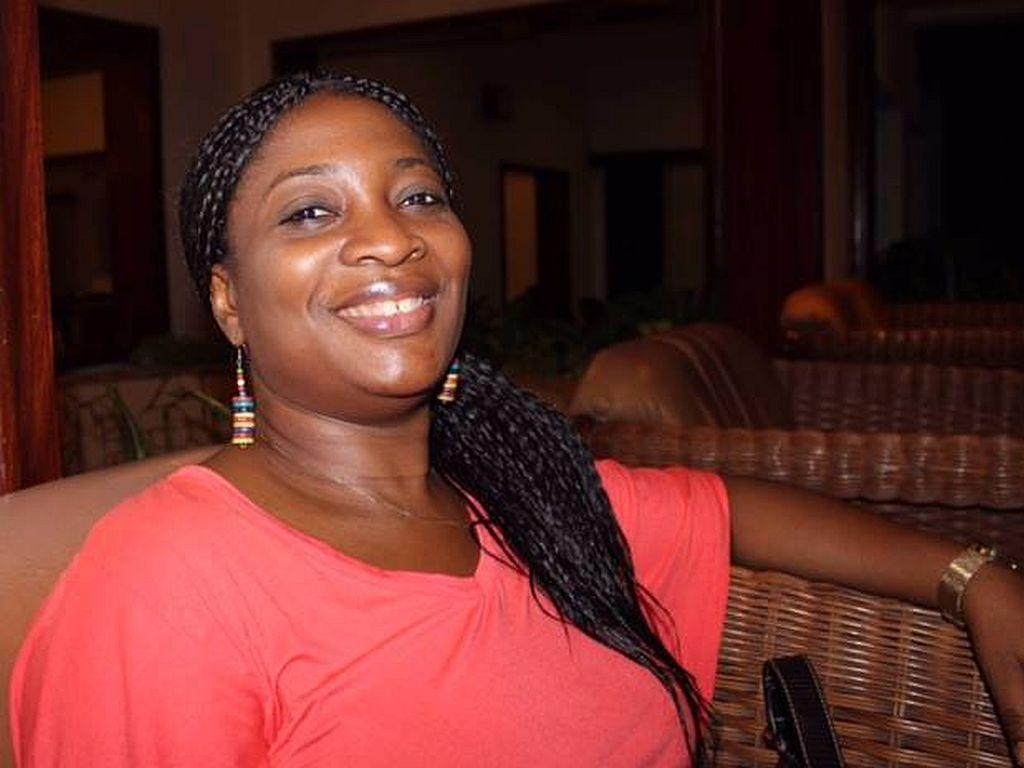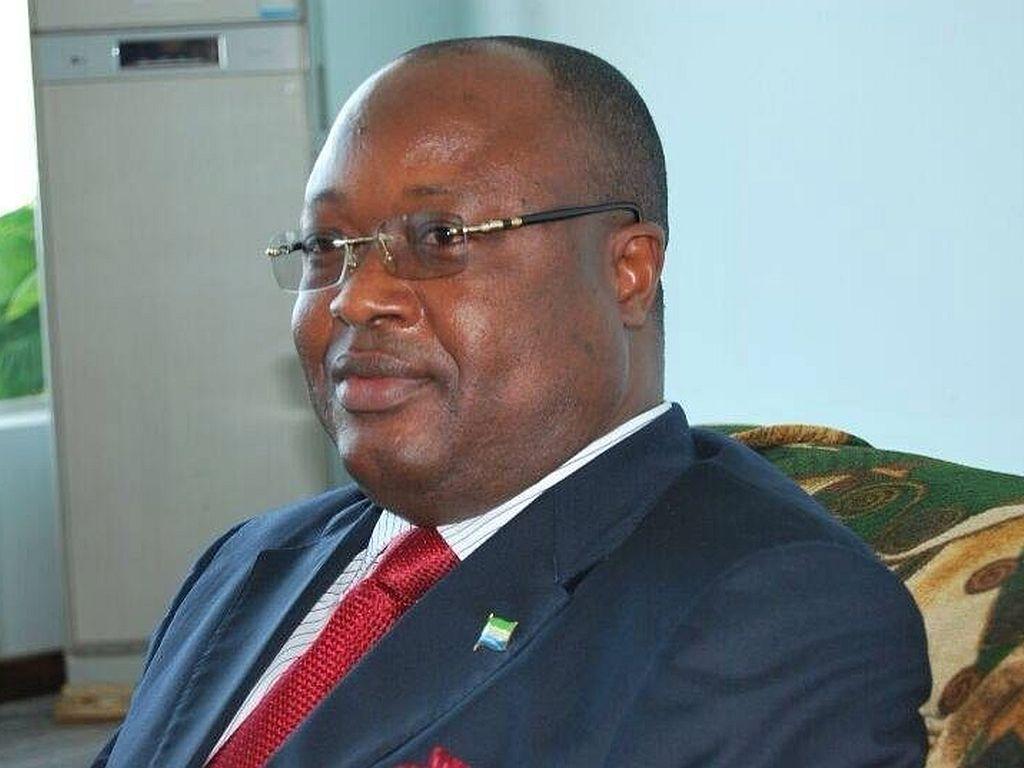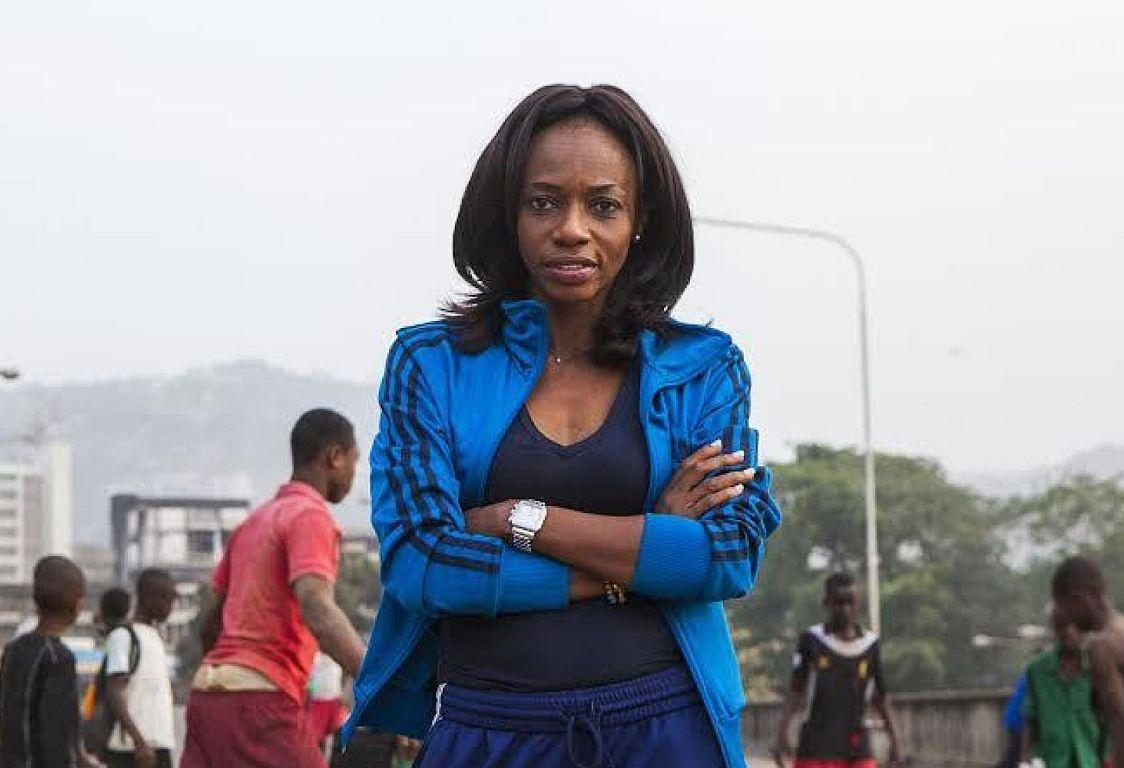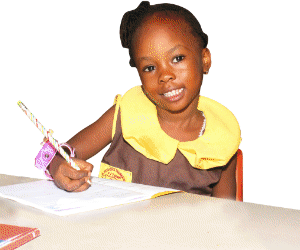By Tanu Jalloh
When the new minister of water resources was on Radio Democracy’s breakfast show on Tuesday 19 March this year, he said the country needed well over US$ 200 Million to fix the decaying water supply systems in the country.
Momodu Maligi’s comments were a sort of correction or reaction to the interviewer’s assertion that the ministry would need close to the amount, apparently suggesting that the money was too much. At least that was indicative of his sounding jeering behind the microphone.
Whatever the case, we are talking about somewhere in the region of over Le 864 billion, which is well over a quarter of the country’s annual budget for the last five years which stands at Le 2.4 trillion.
You might want to ask how the cost of water relates to business and the economy in Sierra Leone. Well it does, especially because it affects government economics and economic policies insofar as they relate to the provision of basic social services.
According to the UN World Health Organisation/United Nations International Children Emergency Fund’s “Joint Monitoring Programme for Water Supply and Sanitation: Access to Water Supply and Sanitation in Sierra Leone (2011),” access to improved water source in the country as at 2008 was 49% and access to improved sanitation was 13%. Yet the cost is getting costlier by the day.
Thus, there is no way we can cost the provision and supply of water without making reference to some of the efforts being made by the government and of what magnitude or not it is on the day-to-day life of the average Sierra Leonean. Of its Le2.4 trillion annual budget for this year, government allocated less than 1 percent to water and sanitation in 2013. This is still a long way to meeting the Millennium Development Goals (MDGs).
The country’s target is that by 2015, some 74 percent of the population should have access to safe drinking water, and 66 percent will have access to sanitation. However, currently only 57 percent of the population has access to safe drinking water, according to the fourth Multiple Indicator Cluster Surveys, developed by the UN Children's Fund to provide internationally comparable, statistically rigorous data on the situation of children and women.
The British Department for International Development is supporting the government to implement its National Water Supply and Sanitation Strategy worth £9.8 million (about Le64 trillion) which is just about 12 percent of what the minister wants to turn around the water mess. Between 1 February, 2011 and 31 August, 2015 the 4-year support, which takes sixty percent of the cost of the project, is expected to strengthen the water and sanitation sector in the country and enable whole rural and urban communities, especially the poorest women and children adopt safe hygiene and sanitation practices and consume safe water. By extension it hopes to reduce diseases related to water and environmental sanitation, as well as improve child survival and maternal health in a country with one of the highest maternal related deaths in the world.
Government Budget is an itemised accounting of the payments received by government (taxes, royalties and other fees) and the payments made by government (purchases and transfer payments). The EU, UNICEF, World Bank, GIZ (Germany) Danida (Denmark), and JICA (Japan) have all supported water supply in Sierra Leone. In 2011 alone the African Development Bank and the Organisation of Petroleum Exporting Countries’ Fund for International Development approved $62 million for water supply systems in Bo, Kenema and Makeni. The Islamic Development Bank provided a loan of US$ 4.8 million for water supply in Kailahum, Kenema, Kono and Tonkolili Districts. Combine the two to get $66.8 million, and there will still be a shortfall of over $133.2 million, that is over Le 575 billion.
Revenue generated and funds raised from the above sources would hardly ever meet government’s budget demands, either because of unforeseen inflationary pressure or unbudgeted additional activities. This is sometimes completely outside priority areas and makes creating the balance is difficult. Often this situation created by such indecisive decisions is referred to as budget deficit. In simple terms it occurs when a government spends more money than it could or was able to generate to service its budget at a given time. The opposite of a budget deficit is a budget surplus, which is highly unlikely in the near future. Meanwhile, the country, it seems, would need the latter to get the water crisis situation out of its way. Where that is not possible at the moment and the money it requires is impossible, how does the country’s new ministry of water resources hope to deal with the problem?
First, let’s attempt to give some context to the water issue, making sense of how it all started and whether in fact cost and management were the root causes of the water crisis that the country faces today.
When Sierra Leone gained its independence in 1961, the government initiated a free water policy as part of its tariffs and cost recovery plan. This has now become a mindset that is hard to break. According to Tearfund and Water Supply and Sanitation Collaborative Council (2005. "Making every drop count: Financing water, sanitation and hygiene in Sierra Leone") SALWACO tariffs were extremely low at Le 1,500 Leones (US$ 0.56) per month per household. The African Development Bank estimates that only about 10 percent of people receiving water were paying for it. In Freetown, close to 80 percent of customers are billed flat rates which are not based on consumption. Often, these bills are not paid or are paid reluctantly after the utility cuts off water supply, putting Sierra Leone’s water tariffs among the lowest in Sub-Saharan Africa.
As of 2010, Salwaco (the company responsible for water management in the provinces) was supposed to provide piped water to Lungi (Port Loko District), Makeni (Bombali District), Bo and Kenema) with Mile 91, Pujehun and Kabala (Koinadugu District) next in line. This never happened. The company is also supposed to assist local councils in other parts of the country in planning, building, operating and maintaining water systems, but has little capacity to do so. Local councils also have limited capacity, including for water supply. Water supply and sanitation departments were supposed to be set up in 2007 in local councils, but it is unclear to what extent this has happened, according to the United Nations Economic Commission for Africa Water Supply and Sanitation Policy for Sierra Leone, 2007.
Meanwhile, in Freetown the average water tariff is said to be equivalent to around le 1,000 per cubic meter, compared to more than Le 4,300 in Senegal. At 40 percent non-revenue water, consisting of physical distribution losses and water theft – is twice as high as those in a well-run utility, such as the one in Senegal. Despite these challenges the Guma Valley Water Corporation managed to cover 85 percent of its operational costs and about 50 percent of total costs in 2009. (Nataliya Pushak; Vivien Foster, June 2011. "Sierra Leone’s Infrastructure. A Continental Perspective". Policy Research Working Paper571. World Bank. pp. 31–35.)
According to the Food and Agricultural Organisation, Sierra Leone is endowed with abundant water resources, including seven major rivers: the Kolenté (Great Scarcies), Kaba, Rokel, Pampana (Jong), Sewa, Moa, and Mano. There are substantial groundwater resources. However, water is scarce during the dry season: only 11-17 percent of the annual river discharge occurs between December and April, with minimum discharge in April.
In its report “Making every drop count: Financing water, sanitation and hygiene in Sierra Leone,” Tearfund in 2005 observed that in spite of the immediate facts above, the country was is still bottom of the human development index, with perhaps the worst access to safe water and adequate sanitation in the world.
It therefore believes that to effectively manage cost of water supply, as it were, donors could consider putting in place conditions that aid money is spent transparently while a couple of bilateral donors could start taking responsibility for water and sanitation funding.
It suggested that the government and water management companies, where relevant, could consider increasing the collection of customs duties on diamonds (and other minerals) exported from its territory, and putting in place transparent accounts of how this money is spent, having a ‘zero tolerance’ approach to corruption in government ministries, putting in place procedures to track funds, publishing results and publicly investigating where money is going astray.



